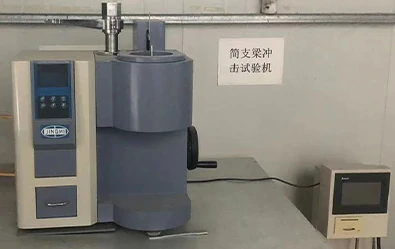loading...
- No. 9, Xingyuan South Street, Dongwaihuan Road, Zaoqiang County, Hengshui, Hebei, China
- admin@zjcomposites.com
- +86 15097380338
- Welcome to visit our website!
water treatment
Water Treatment Ensuring Access to Clean Water
Water is an essential resource that sustains life, and access to clean water is a fundamental human right. However, with increasing pollution, population growth, and industrialization, the availability of safe drinking water has become a growing concern worldwide. Water treatment plays a crucial role in ensuring that our water supply is safe, clean, and suitable for consumption. This article explores the significance of water treatment, its various methods, and the challenges faced in maintaining water quality.
Water treatment refers to the processes used to make water suitable for a specific purpose, most commonly for drinking. The treatment process typically involves several stages, including coagulation, sedimentation, filtration, and disinfection. Each stage serves a distinct purpose in removing contaminants and improving the water's quality.
The first step, coagulation, involves adding chemicals to the water that bind with impurities and form larger particles, known as flocs. This process makes it easier to remove suspended solids. Following coagulation, the water undergoes sedimentation, where these larger particles settle to the bottom of the treatment tank, leaving clearer water above.
Next, the water is filtered to eliminate remaining impurities. Various filtration methods, such as sand filtration, activated carbon filtration, and membrane filtration, are employed to remove microscopic contaminants, including bacteria, viruses, and other harmful substances. The choice of filtration method depends on the specific quality of the source water and the intended use.
The final step in the treatment process is disinfection, which is crucial for ensuring that any remaining pathogens are eliminated before the water is distributed. Common disinfection methods include chlorination, ultraviolet (UV) radiation, and ozonation. Chlorination, while effective, has raised concerns regarding the formation of harmful by-products. Hence, there is a growing trend towards using UV and ozone treatments as safer alternatives.
water treatment

Despite the advanced technologies and methods available for water treatment, several challenges persist. One of the main issues is the aging infrastructure of water treatment facilities, particularly in developed countries. Many plants are operating with outdated systems that may fail to adequately treat water, leading to potential contamination. Additionally, budget constraints can limit the ability of local governments to invest in necessary upgrades and maintenance.
Another significant challenge is the increasing levels of emerging contaminants in water sources. Pharmaceuticals, personal care products, and industrial chemicals are often not effectively removed through conventional treatment processes. This has led to a growing emphasis on research and the development of advanced treatment technologies to address these emerging pollutants.
Moreover, climate change poses a threat to water resources, affecting the availability and quality of water. Extreme weather events, such as droughts and floods, can overwhelm treatment facilities and compromise water quality. In regions facing severe water scarcity, the demand for treated water may outstrip supply, necessitating innovative solutions and better water management practices.
To address these challenges, a holistic approach to water treatment and management is essential. This includes investing in research and development of advanced treatment technologies, ensuring proper maintenance of existing infrastructure, and implementing effective policies to regulate discharges into water bodies. Public awareness and community involvement in water conservation efforts are also crucial for ensuring sustainable water resources.
In conclusion, water treatment is a vital process that ensures access to safe and clean water for all. As challenges continue to evolve, it is imperative to adopt innovative solutions and practices that will safeguard water quality and availability for future generations. By prioritizing effective water treatment, we can protect public health, promote sustainability, and ensure a secure water supply for our communities.
-
GRP Structures: The Future of Lightweight, High-Performance EngineeringNewsJun.20,2025
-
FRP Water Tank: High-Performance Storage for Corrosive and Clean Water SystemsNewsJun.20,2025
-
FRP Square Tube: The New Industry Standard for Chemical and Structural ApplicationsNewsJun.20,2025
-
FRP Pultruded Profiles: The Ultimate Choice for Lightweight Structural StrengthNewsJun.20,2025
-
FRP Handrails: The Safer, Smarter, and Stronger Choice for Modern InfrastructureNewsJun.20,2025
-
FRP Grating: The Smart Solution for Durable, Lightweight Industrial FlooringNewsJun.20,2025
-
Why Choose a Galvanized Water Tank for Your Storage NeedsNewsMay.21,2025
